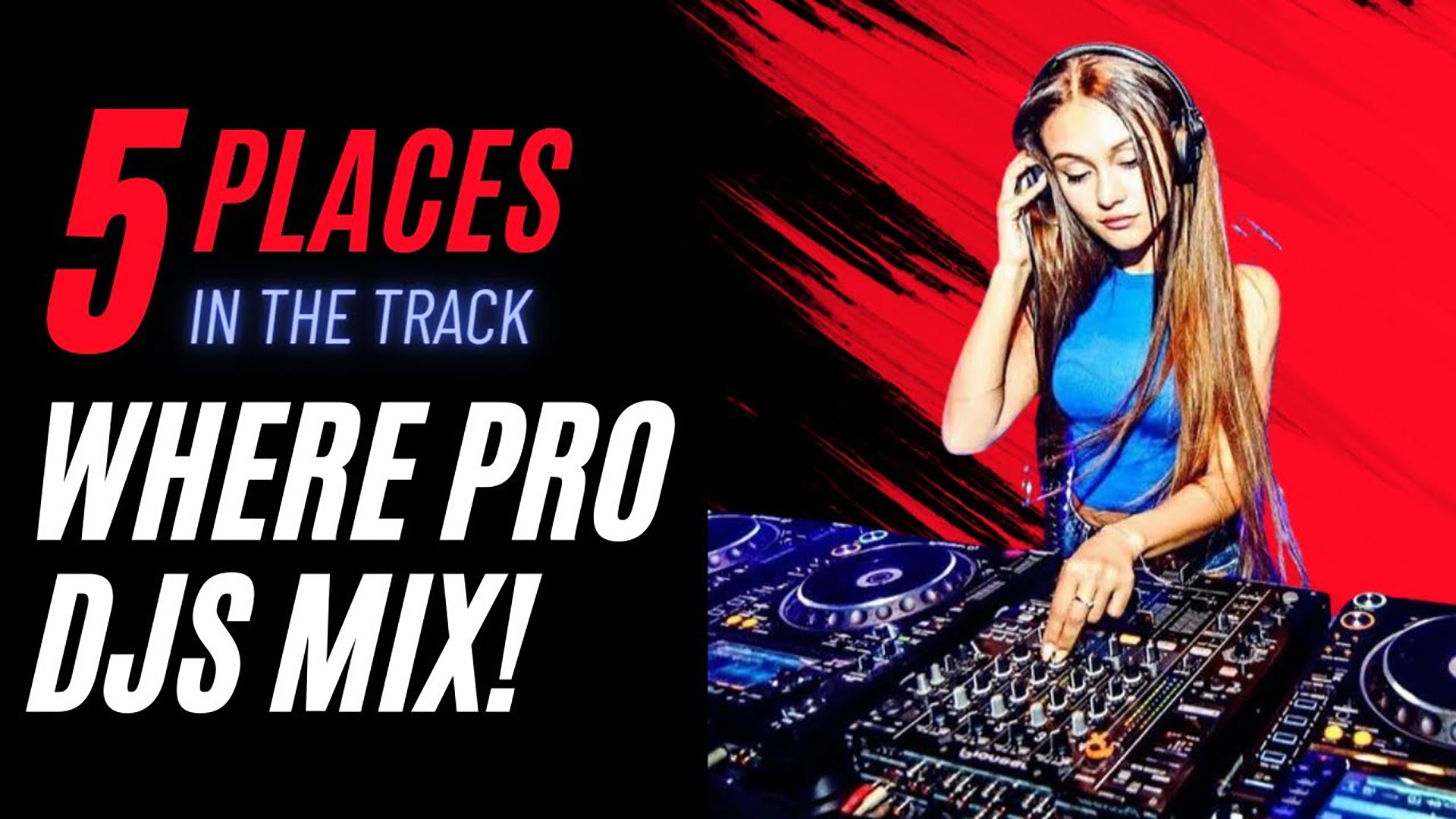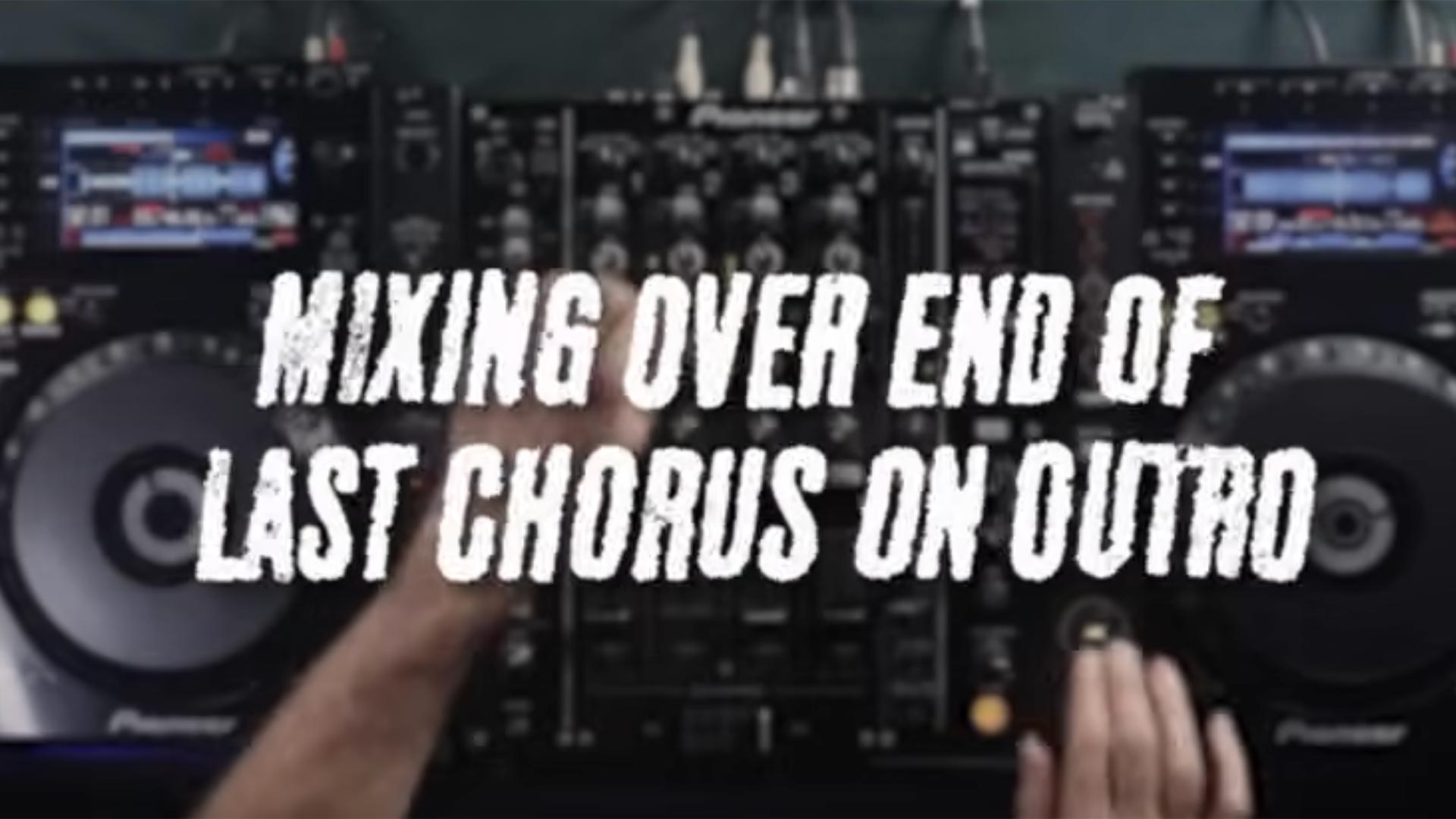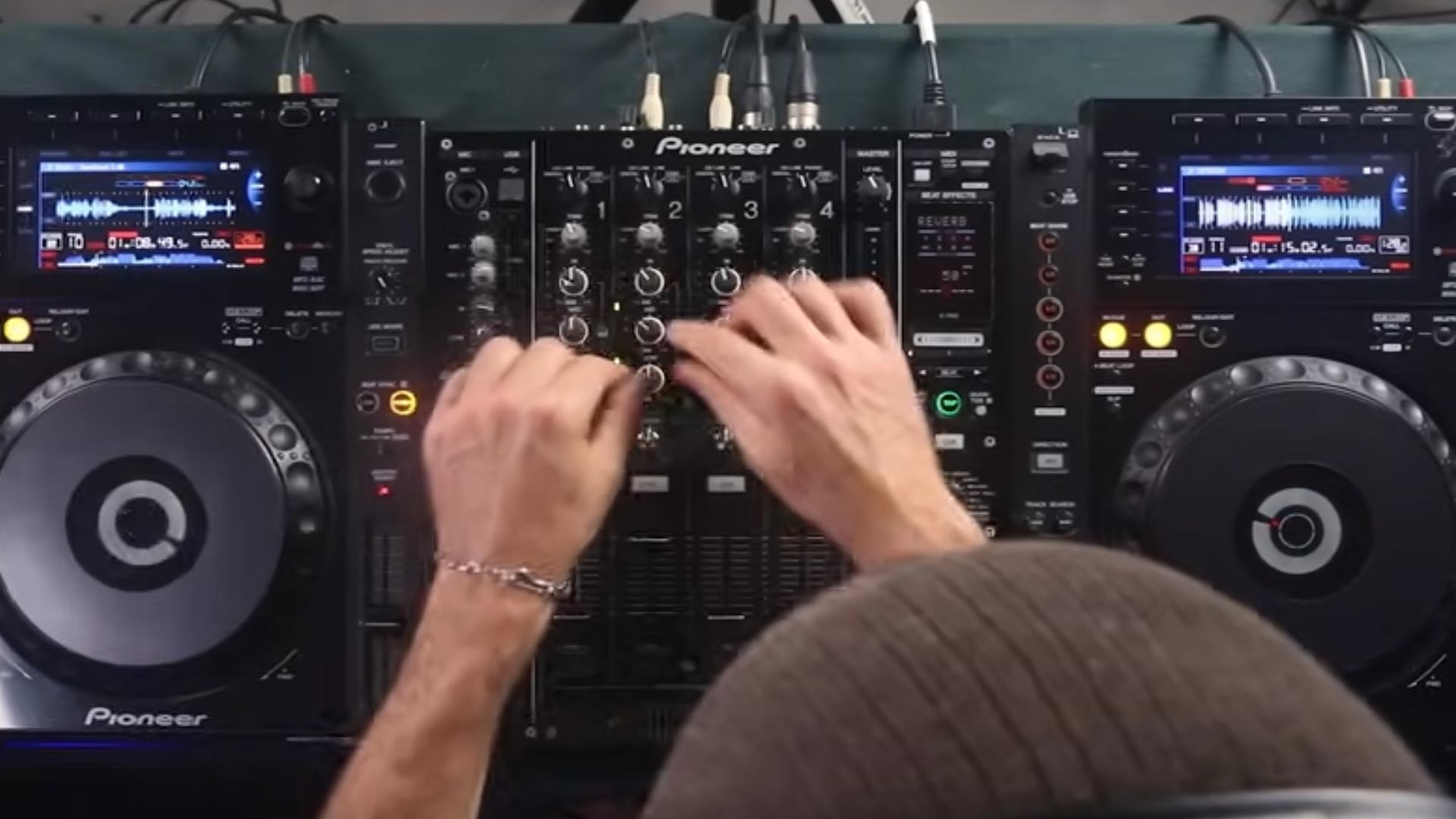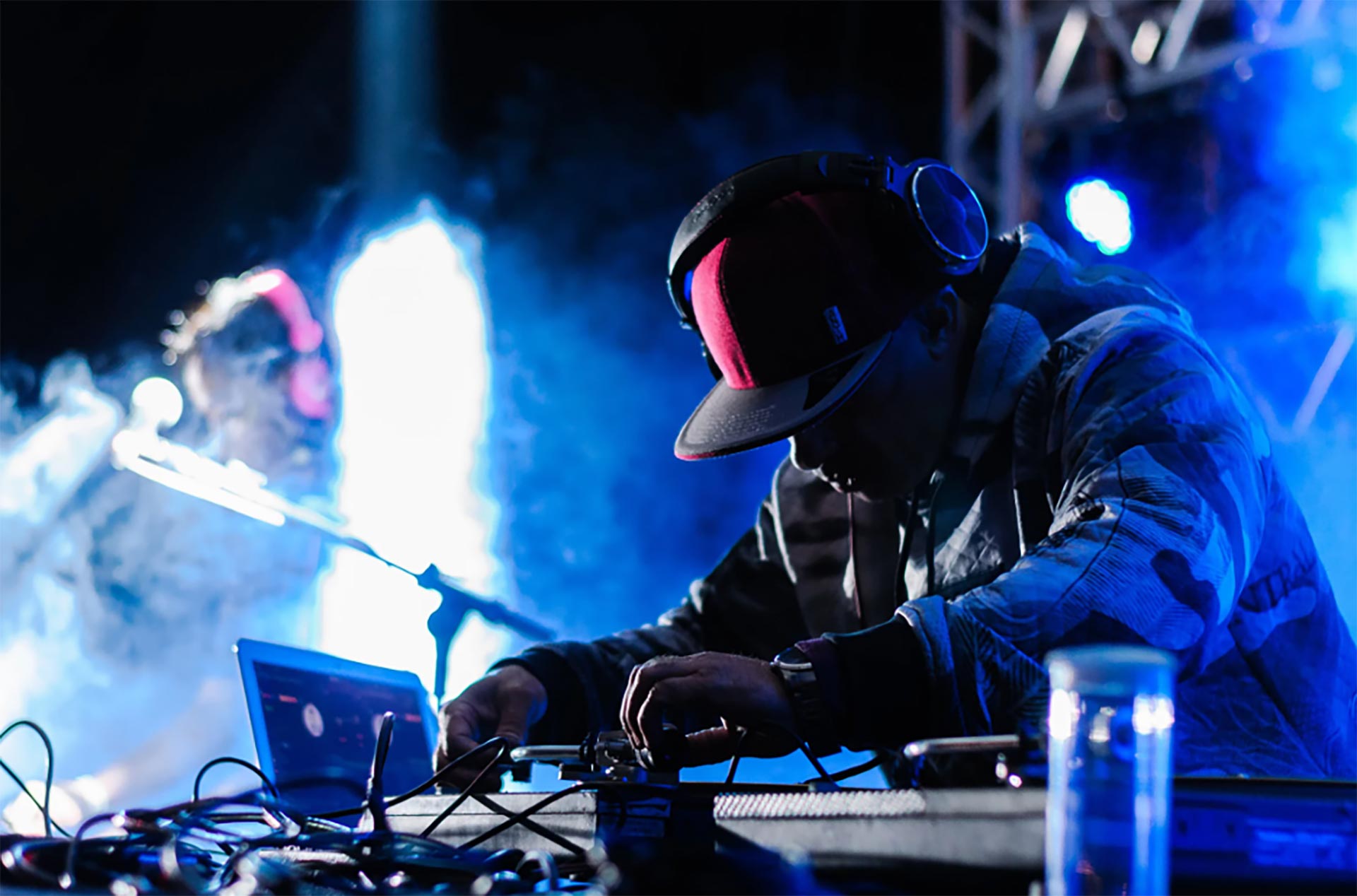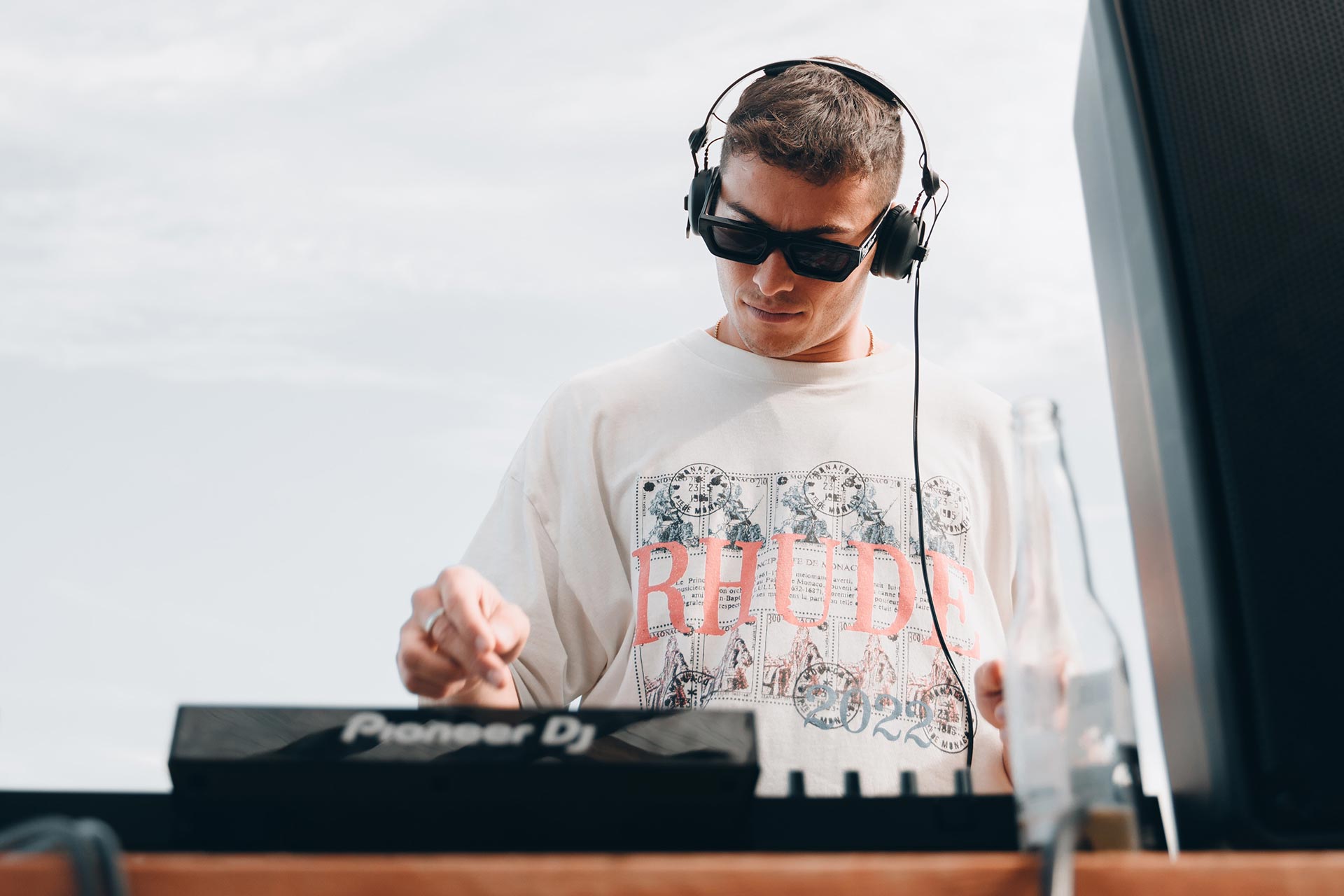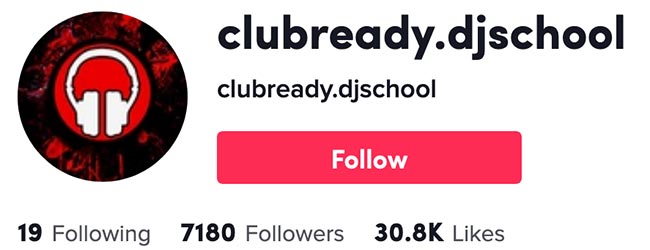5 Places in the Track PRO DJS MIX
By: Andrew Duffield
Are you sick of some of your mixes sounding great and others sounding bad? In this video I'll give you 5 tips on where you can mix in your new track to make certain your transitions sound natural and effortless every single time. Let's start with the most common method, mixing in after the chorus.
Mixing in After The Chorus?
See here's the thing, the chorus is usually the main part of the track, so the most common mix of all time is to mix your new track in after the chorus as this allows people to hear the part that everyone loves and then after the chorus finishes the track usually drops off, either into a breakdown or an outro, which gives you the perfect platform to execute a clean mix.
(see examples in above video) / 2.35 - 4.43
Replacing the Drop
Another cool way to mix is to replace the drop but be mindful of this mix, as although it's a great way to mix things up and even create energy it can also piss people off. For instance have you ever been to a party and the tracks's building up to the chorus and then the DJ swaps the drops and plays something else and you were kind of left going WTF, so be mindful of this and remember your job as a DJ is to create atmosphere, not to show off and make it all about you and how many tracks you can play in an hour. the goal really is to create atmosphere's through arranging your music in a way that unites your dance-floor and has people cheering for more, so if you are unsure about replacing the drop my advice would be to let them hear the original first drop and then replace the second drop. this way you have already played a fair amount of the track and then when you replace the second drop people feel ready and IMO respond much better. However when replacing the drop my advice would be to make it impactful and you'd want to be choosing a track with an even bigger more exciting drop to take the energy even further.
(see examples in above video) / 6.15 - 6.56
But here's the thing not every track is as simple as the one I used in that example and people can experience all kinds of issues when replacing the drop from vocals on vocals, to the tracks having completely different feels and energies, to even extreme clashes in the build up to the drop making it seemingly impossible to transition this way, so if this is you and you want my to dive deeper click on the above video, sub now and let me know in the comments so I can do a video on different methods you can use to make replacing the drop work for you no matter what and how to intuitively feel your way through each mix based on what the tracks are doing.
Double Drops!!
For some of the deeper genres you may even be able to play both drops together, this is called double drops. But be careful when doing double drops, and this also goes for taking drugs haha, as if both chorus's are super busy and have a lot going on, and you play both chorus's together, it can sound messy. but if the chorus's of both tracks are more beat focused, and perhaps one track contains elements the other track is missing, then when you play both tracks together it can add a texture to a mix, which again, helps you to create an impact on your audience, especially considering you are breaking away from the good ol faithful intro outro transition that most DJs tend to rely on.
(see examples in above video) / 8.57 - 11.51
Mixing Quicker to Avoid Clashes
Then we have faster transitions. Mixing quickly from one track to another is great when both tracks have a lot going on. for instance let's say you're mixing vocal driven music where there is singing the whole way through, unless you plan to play the full track you may have to mix quicker to avoid vocals on vocals, let me show you.
(see examples in above video) / 12.38 - 13.23
I'm only really getting started on this kind of mixing as it's not just about avoiding vocals on vocals or is this method limited to RNB hip hop and pop music. Mixing quickly can also be used when tracks are pretty full on and don't let up, meaning tracks that may seem almost impossible to mix out of. Most people choose the path of least resistance and that is to play the full track but you should never accept these kinds of limitations, so if you want more on this check out the above video, sub now and express interest in the comments and I can devote an entire video to energy and quicker mixing in the coming weeks.
Trust me knowing how to mix fast has so much power and can really clean up your transitions, as you avoid clashes and general messiness, and BTW I am not talking about mixing quickly between songs, meaning only playing a small amount of each track. sure you can still do that if you like and this method is great for that, but I am mainly referring to making the actual transition, no matter how much of the track you play, faster, to avoid clashes. Trust me this is a super powerful way to mix and makes all tracks mixable.
Mash Ups on the Fly
I still have 1 more example to go, doing mash ups on the fly, and in this case I'll even use stems, but stems aside, the concept is the same. Find a place in a track that provides a platform to bring in another element and mix those elements together. I guess the beauty of stems is, you can remove clashing elements and ideally get a cleaner mix, so if a vocal kicks in and creates vocals on vocals, with a push of a button you can remove the vocals from the less dominant track.
(see examples in above video) / 16.29 - 17.18
The Club Ready DJ Course will Fast Track all of this for you BIG TIME!!
When it comes to creative mixing I am only scratching the surface and if you feel you'd benefit from a more organised approach where I break everything down with a beautiful, easy and fun to follow sequence you must check out the CRDJC. It's my baby that I devote all my time to and to see the results my students are getting from doing the course and their success's is a huge source of happiness for me. The Club Ready Course takes complete beginners, or people with some experience, from the bedroom to clubs and it's the only DJ course in the world that follows the perfect sequence with each video feeding off the last, no clicking back and forth between courses, just a perfect progression that makes learning fun and it will save you months, if not years, when it comes to learning how to DJ.
I personally DJ'd and ran club events every single weekend as my sole source of income for 17 years and after that taught over 1000 students how to DJ through in person classes and from that put together my online CRDJC, that has helped thousands on thousands of people how to be confident behind the decks and reach real success as a DJ, so the CRDJC literally contains over 20 years combined DJing, running events and teaching experience, into one beautiful package, my lifes work.
The links in the description below and with the epic updates I just added, free of charge last year, including free bonus courses on advanced music organisation and a free stems course, I feel the CRDJC is already the #1 DJ course in the world when it comes to value and one single package that has everything you need in the one place. I am feeling super optimistic about what we can all achieve this year so let's commit now and together to making 2024 our best year yet and use music to connect like minded people through creating atmospheres that connect and unite and go down in history, we've so got this!!
New free bonus just added to Club Ready DJ Course:
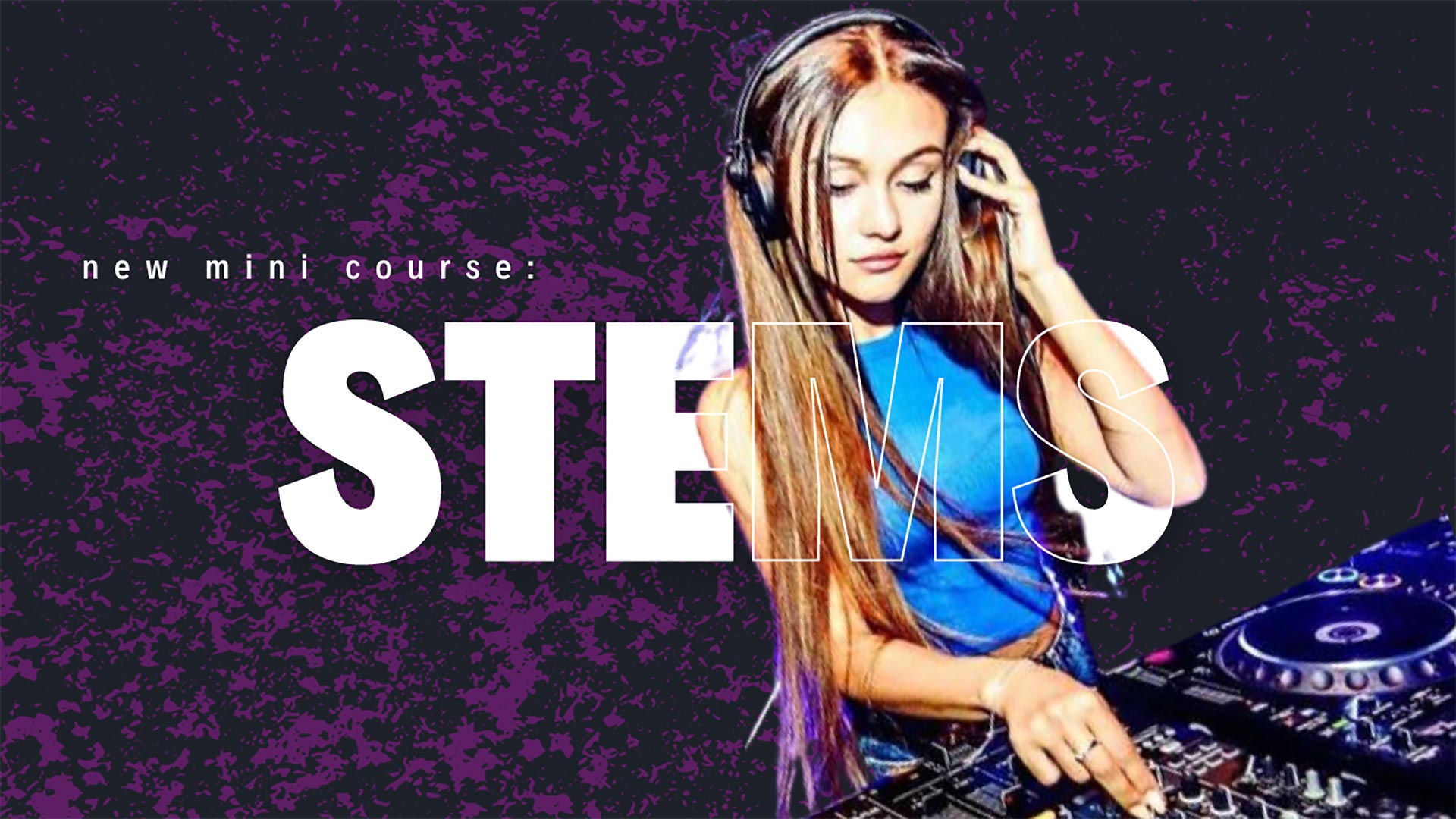
For me it's not about being the #1 DJ school in the word, it's all about being the #1 DJ course - the Club Ready DJ course constantly has free updates and is the only course you'll ever need to reach your DJ goals - from killing it at house parties to clubs!
But how much of each track should I play?
DJIng in clubs is a lot different to playing on Youtube. Playing on YT you have to keep your transitions short and incorporate effects and do fancy stuff just TO keep people entertained, but in clubs it's not about fancy tricks it's 100% about atmosphere and playing not only the right kind of music for that event but also the right time of music for that time of night and even knowing how much of each track to play. The transitions explained above are all about different transitions you can incorporate into your set to maximise energy and dealing with difficult tracks to mix but when playing live you really need to consider how much of each track you play. Personally, when playing live, 100% I may have the bases of a pre made playlist to work from, but I would also be reading the crowd and adjusting the playlist as I go by having a whole bunch of extra song options available. For instance if I am mainly playing underground tech house but then go into a commercial track to mix it up a bit and create a pattern interrupt, and it gets a huge response I may decide to interweave a few more commercial tracks, but now comes the real question: how much of each track do you play. This also depends on crowd response, the vibe of the party and also the vibe you wish to create. For instance if you mix really quickly the whole time and only play a short section of eahc track before transitioning and it can come across like you have had too much coffee and instead of giving people a chance to get into and enjoy the track, it becomes more about you showing off your skills.
Yet on the other hand, if you always play the full track and let's say the tracks are 7 minutes in length, people can sometimes get board, so it really is about finding that perfect sweet spot and balance between longer more drawn out mixes and shorter mixes. Personally I naturally want to mix fast, but let's say I've done a few quicker transitions, I may put on a big track I now everyone will love and play the whole thing. Playing full tracks balances out the quicker mixes and makes the set feel a little more coherent. Generally I would only do quicker mixes if there was a certain part of the track I liked, or perhaps I am doing a remix but don;t liek the drop, so just take the best part and then maybe replace the drop with something better, or if I am at an underground party, yet feel they need a pattern interrupt so perhaps I drop something commercial, to mix it up a bit, yet if it isn't a commercial club, I wouold porbably play the main part of the commercial track, and then mix out and get back into the vibe of the event as quick as I can. I recently played a NYE headline set, yet the vibe was underground tech house, but I also wanted to bring in some familiarity, so I play about 2 minutes (the main part) of Delirium Silence and then replaced the drop into something bigger with a lot of bass that more suited the vibe of the event and it went nuts. I guess that's another to consider when playing - are you choosing music you like or are you considering music the crowd will love. I find it's usually a balancing act between staying true to the vibe of the party or the vibe you are tring to create, but also adding some pattern interrupts and even some anthems from time to time to make you really stand out as a DJ.
You have so got this. DJing's a source and it's up to you to use your sets as a way to unite and connect like minded people through creating atmospheres that inspire.
Check out the Club Ready DJ Course now!!
https://www.clubreadydjschool.com/club-ready-dj-course/
Plus by being a student you an enter our 5 track challenge to get feedback, network and also to beat procrastination and GET STARTED!!
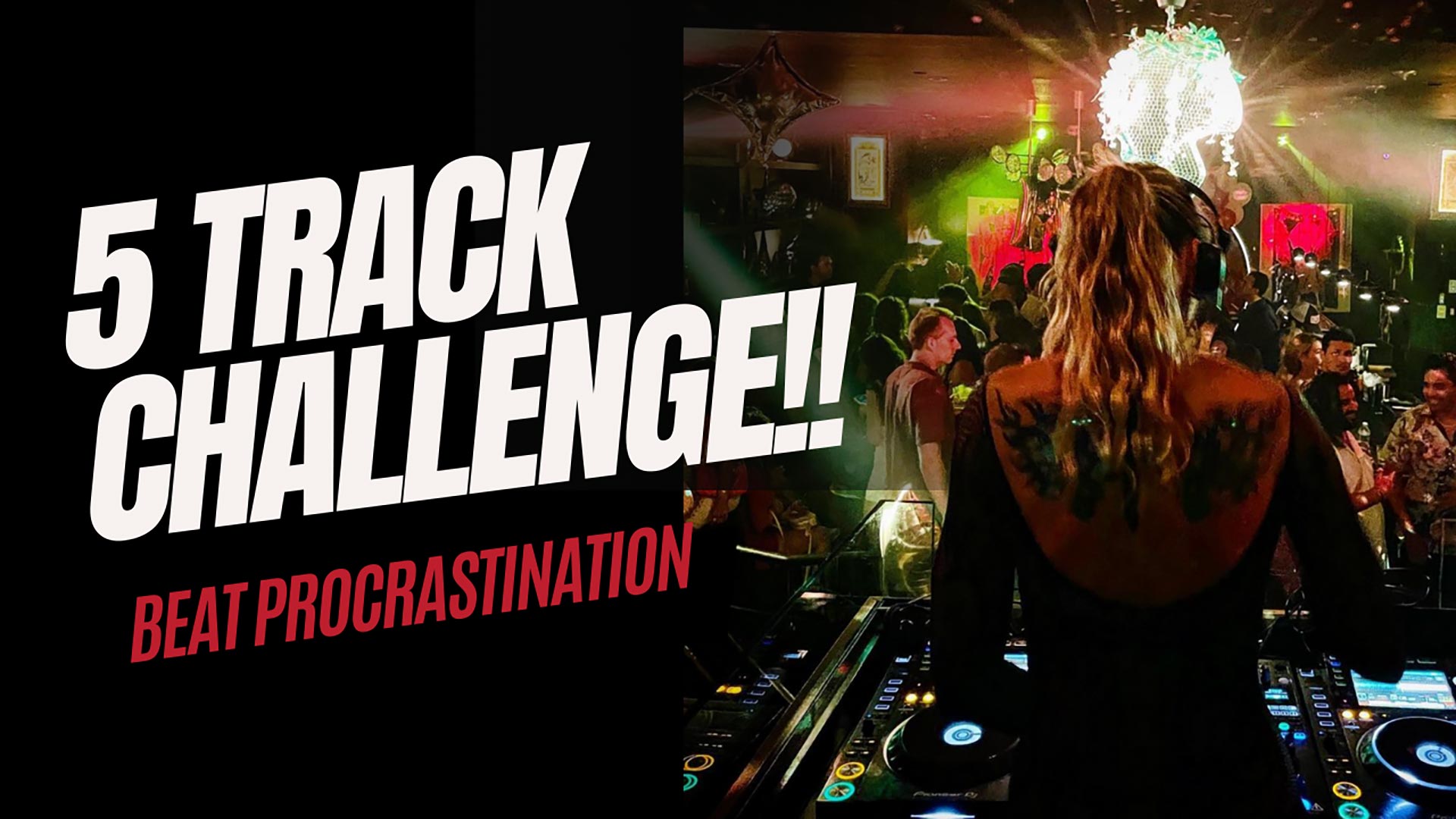
RELATED POSTS
In the first video at the top of the page I demonstrate different ways to mix Afro House, including where to mix, how long to play both tracks together, how to control energy through faster mixing, how to mix even when there's no obvious place to transition, and how to use looping to highlight certain parts of a track so you can extend your transitions smoothly. Let's do this!
Have you noticed the beats of your tracks drifting apart? Not having a visual reference to align the beats visually may affect your confidence behind the decks. Beatmatching allows you to match the beats by ear without looking at stacked waveforms. Even if you can align beats visually, beatmatching is an important tool to have in your toolbox because some venues do not have stacked waveform visuals.
As DJs, music is an essential part of our lives, and for many people, nothing compares to the feeling of a well-crafted DJ mix. Not only is it an amazing promotional tool to create or boost your current DJ career, it is also a means to form your identity and brand.
Let me paint a picture. I was once out at a club and the music was getting repetitive and some people were leaving and more people were sitting down than dancing and all of a sudden the DJ teased in the vocal: hey boy hey girl, by chemical brothers.
Not yet part of the Club Ready Tribe? Sign up to become a student today and join the strongest DJ community in the world!!
DRUM ROLL... GET THE COMPLETE PACKAGE
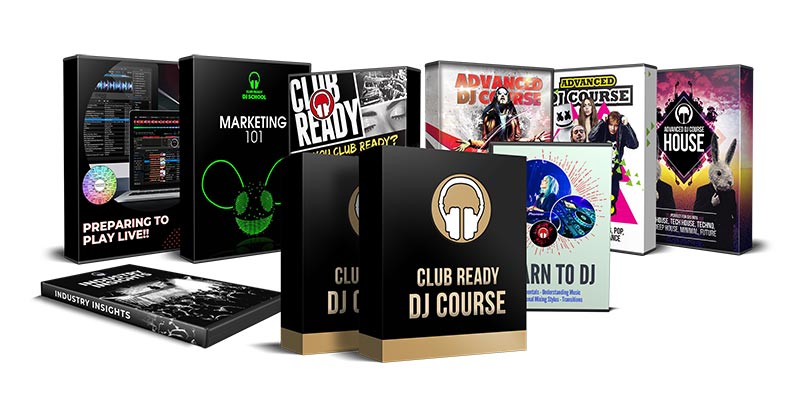
Buy all the courses and get over 60% off
For a limited time
CLUB READY DJ COURSE: Value: $295
ADVANCED PERFORMANCE PACK: Value: $395
CLUB PACK: Value: $195
ONE TIME BONUS VIDEOS: Value: $75
BONUS CONTROLLER TO CLUB MINI COURSE: Value: $95
FEEDBACK ON MIXES: Value: $45
MEMBER ACCESS TO CLUB READY TRIBE
DIRECT ACCESS TO ME
TOTAL VALUE: $1295
TOTAL VALUE OF COMPLETE PACKAGE: $1295
>> SALE PRICE: $175 Sale Ends Soon <<
YES! I WANT ALL THIS FOR ONLY $175And I want to be on time for the reduced price!

If you press the button and see the price went back to $1295 it means the promotion has ended and the program is back to its regular price.
This price is a ONE-TIME-ONLY payment and you get to keep the program FOR LIFE.

16 MINI DJ LESSONS FOR FREE!
Not sure where to start? In this mini series I answer many of the questions beginners have about learning to DJ.
CLUB READY DJ COURSE
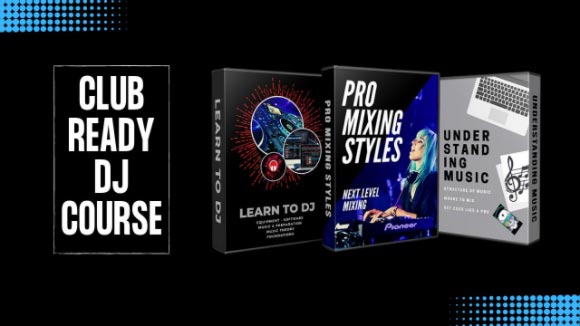 Usually
Usually ADVANCED PERFORMANCE PACK
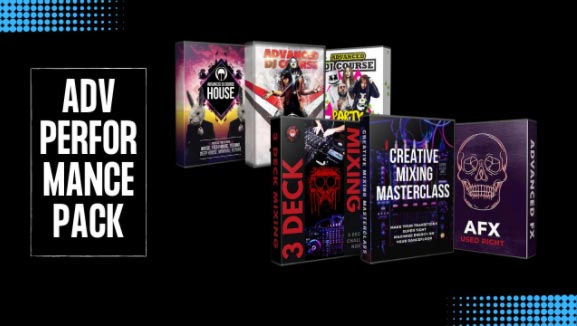 Usually
Usually CLUB PACK
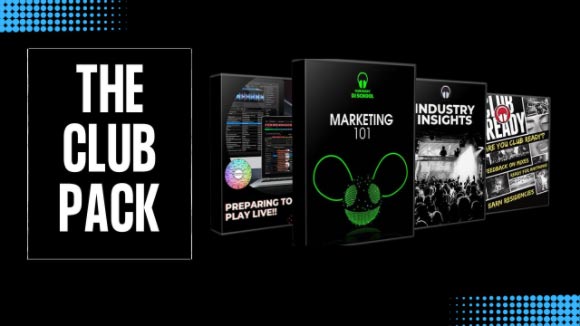 Usually
Usually THE COMPLETE PACKAGE
Get all of my courses for life!
 TOTAL VALUE:
TOTAL VALUE: 